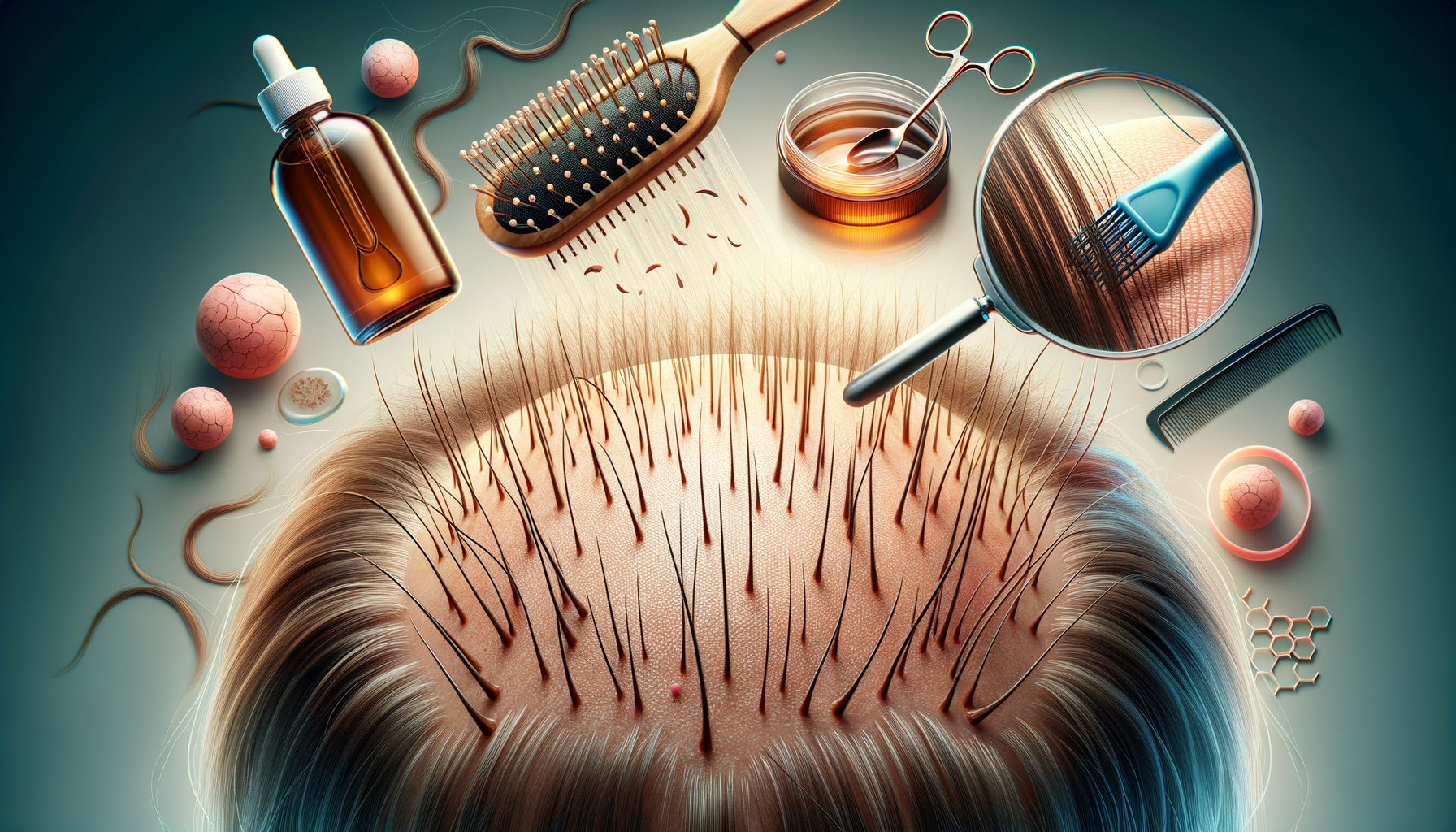Introduction to Hair Loss
Hair loss is a common concern affecting millions of individuals worldwide. While it is often perceived as a cosmetic issue, hair loss can significantly impact one’s self-esteem and emotional well-being. It is essential to understand the underlying causes and available treatments to effectively manage this condition. Hair loss can result from various factors, including genetics, hormonal changes, medical conditions, and lifestyle choices. By exploring these aspects, individuals can make informed decisions about how to address their hair loss concerns.
Common Causes of Hair Loss
Hair loss can occur due to a myriad of reasons, each requiring a distinct approach for management. One of the most prevalent causes is genetic predisposition, often referred to as male or female pattern baldness. This hereditary condition affects individuals as they age, leading to gradual thinning and eventual hair loss.
Hormonal changes also play a significant role in hair loss. Conditions such as pregnancy, menopause, and thyroid imbalances can disrupt the normal hair growth cycle, resulting in temporary or permanent hair loss. Additionally, medical conditions like alopecia areata, an autoimmune disorder, can cause sudden hair loss in patches.
External factors such as stress, poor nutrition, and certain medications can also contribute to hair loss. For instance, crash diets lacking essential nutrients can weaken hair follicles, while high-stress levels can push hair follicles into a resting phase, leading to shedding. Understanding these causes is crucial for devising effective treatment plans.
Diagnosing Hair Loss
Diagnosing hair loss accurately is the first step towards effective treatment. A thorough examination by a healthcare professional can help identify the root cause of hair loss. This typically involves a detailed medical history review, physical examination, and possibly blood tests to check for underlying health issues.
In some cases, a scalp biopsy may be necessary to examine the hair follicles and determine the specific type of hair loss. Trichoscopy, a non-invasive technique, allows dermatologists to assess the scalp and hair in detail using a dermatoscope. These diagnostic tools enable healthcare providers to tailor treatments to the individual needs of the patient.
Early diagnosis is key to preventing further hair loss and promoting regrowth. By understanding the specific cause, individuals can take proactive steps to manage their condition effectively.
Treatment Options for Hair Loss
Once the cause of hair loss is identified, various treatment options can be considered. Topical treatments, such as minoxidil, are widely used to stimulate hair growth and slow down hair loss. These treatments are often available over-the-counter and can be effective for many individuals.
Oral medications, like finasteride, are another option, particularly for those with androgenetic alopecia. These medications work by inhibiting the hormone responsible for hair follicle shrinkage, thus promoting hair growth.
For more severe cases, surgical options such as hair transplants may be considered. This procedure involves relocating hair follicles from a donor site to a balding area, offering a more permanent solution. Additionally, low-level laser therapy has emerged as a non-invasive treatment to stimulate hair follicles and encourage growth.
It is crucial to consult with a healthcare provider to determine the most suitable treatment based on the individual’s specific condition and needs.
Lifestyle Changes to Support Hair Health
Alongside medical treatments, adopting certain lifestyle changes can significantly support hair health and prevent further loss. A balanced diet rich in vitamins and minerals is essential for maintaining healthy hair. Nutrients such as iron, zinc, and vitamins A, C, and E play a vital role in hair growth and should be included in daily meals.
Managing stress through practices like yoga, meditation, or regular exercise can also positively impact hair health. Stress reduction helps maintain the hair growth cycle and prevents excessive shedding.
Furthermore, avoiding harsh hair treatments and minimizing the use of heat styling tools can prevent damage to hair follicles. Opting for gentle hair care products and regular scalp massages can improve blood circulation and promote healthy hair growth.
By incorporating these lifestyle changes, individuals can enhance the effectiveness of medical treatments and maintain healthier hair.
Conclusion: Embracing Healthy Hair Practices
Hair loss can be a challenging experience, but understanding its causes and exploring various treatment options can empower individuals to manage this condition effectively. By seeking professional advice, adopting a healthy lifestyle, and utilizing appropriate treatments, it is possible to minimize hair loss and promote regrowth. Whether dealing with genetic hair loss or temporary shedding due to stress, taking proactive steps can lead to healthier hair and improved confidence.




Leave a Reply